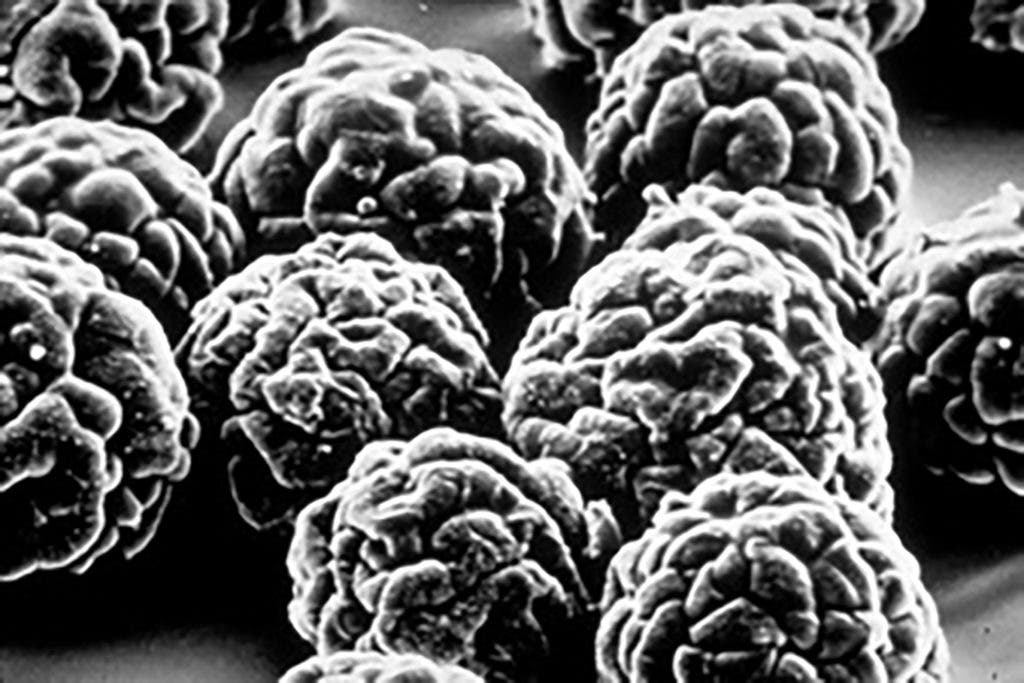
Poliomyelitis, often called polio or infantile paralysis, has disabled or killed countless people until Jonas Salk developed the first vaccine in 1955. Today, polio is nearly eradicated with only 74 cases reported in 2015 by the World Health Organization (WHO), down from an incredible 350,000 in 1988. In 2016, there were only 16 cases. To make the vaccine, Salk used an inactivated poliovirus, and a decade later the first oral polio vaccine used a weakened poliovirus. Both versions, however, involve handling a potentially dangerous live virus in the production process.
Andrew Macadam and colleagues from the National Institute for Biological Standards and Control in the United Kingdom may have solved this biohazard after they demonstrated a method that could be used to produce a new polio vaccine without the ‘live virus’ part.
“Although these [vaccine production facilities] are very good and their containment measures are extremely well implemented, there is always the hazard that there could be an escape,” Macadam said in a statement.
Some vaccines for hepatitis B or the human papillomavirus do not require handling of live viruses to make. In these production process, the outer shell of the virus known as the capsid which contains all the genetic material is stripped empty. As such, the body is prompted to make an immune response, all without exposing a patient to genetic material that would allow the virus to spread.
Doing the same for the poliovirus, however, has proven more challenging because once its capsid is stripped, the virus changes its shape. When B cells encounter this new shape, they produce the wrong antibodies.
Macadam and colleagues looked for a way to stabilize the shape of the poliovirus’ capsid. They first mutated the virus until it was capable of producing more stable empty capsids. When they sequenced these mutants, the team was able to identify a range of genes responsible for the said mutations. It was then a matter of inserting different combinations of these genes into the viral genome. Eventually, they produced a virus that had a stable but empty capsid.
The researchers were able, in fact, to produce stable empty capsids for each of the three different types of poliovirus. When mice were injected with vaccines produced with these mutated polioviruses, they became protected.
The process still required a live virus in its initial phase, though. Macadam is now working with colleagues from other universities to see whether they can use yeast, mammalian cells, or even plant cells to produce the empty poliovirus capsids. If this is possible, not only will live poliovirus be eliminated from the lab, but production could be scaled up as well.
“Empty capsids can be produced by recombinant expression which, if it were efficient enough, could provide a source of immunogenic particles suitable for use as vaccines without the need for live virus at any stage of production. This would be ideal for a post-eradication world,” the researchers wrote.
Though many experts have praised the work, there’s another caveat that needs to be taken into account. Ironically, the fact that only a few people in the world have polio today makes this production process extremely difficult to test on humans.
Findings appeared in PLOS Pathogens.
Was this helpful?



